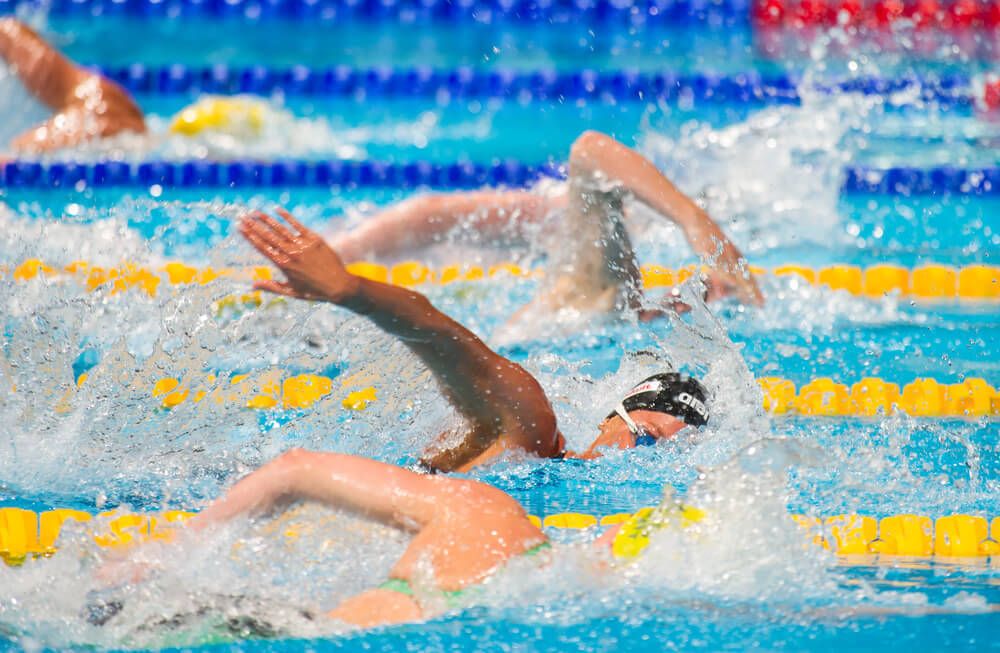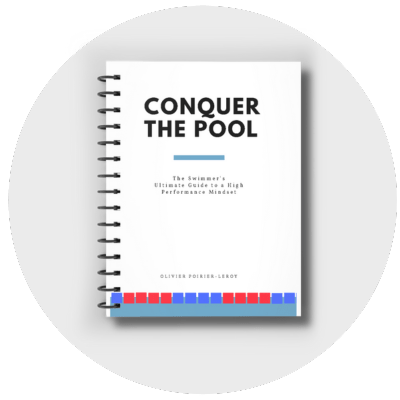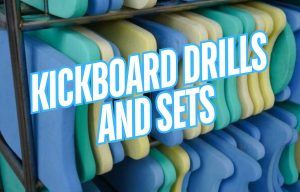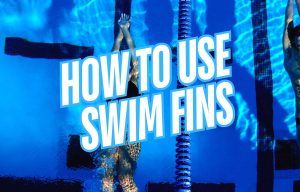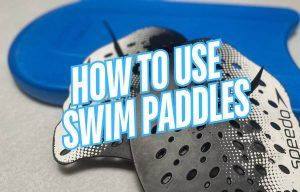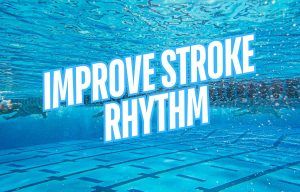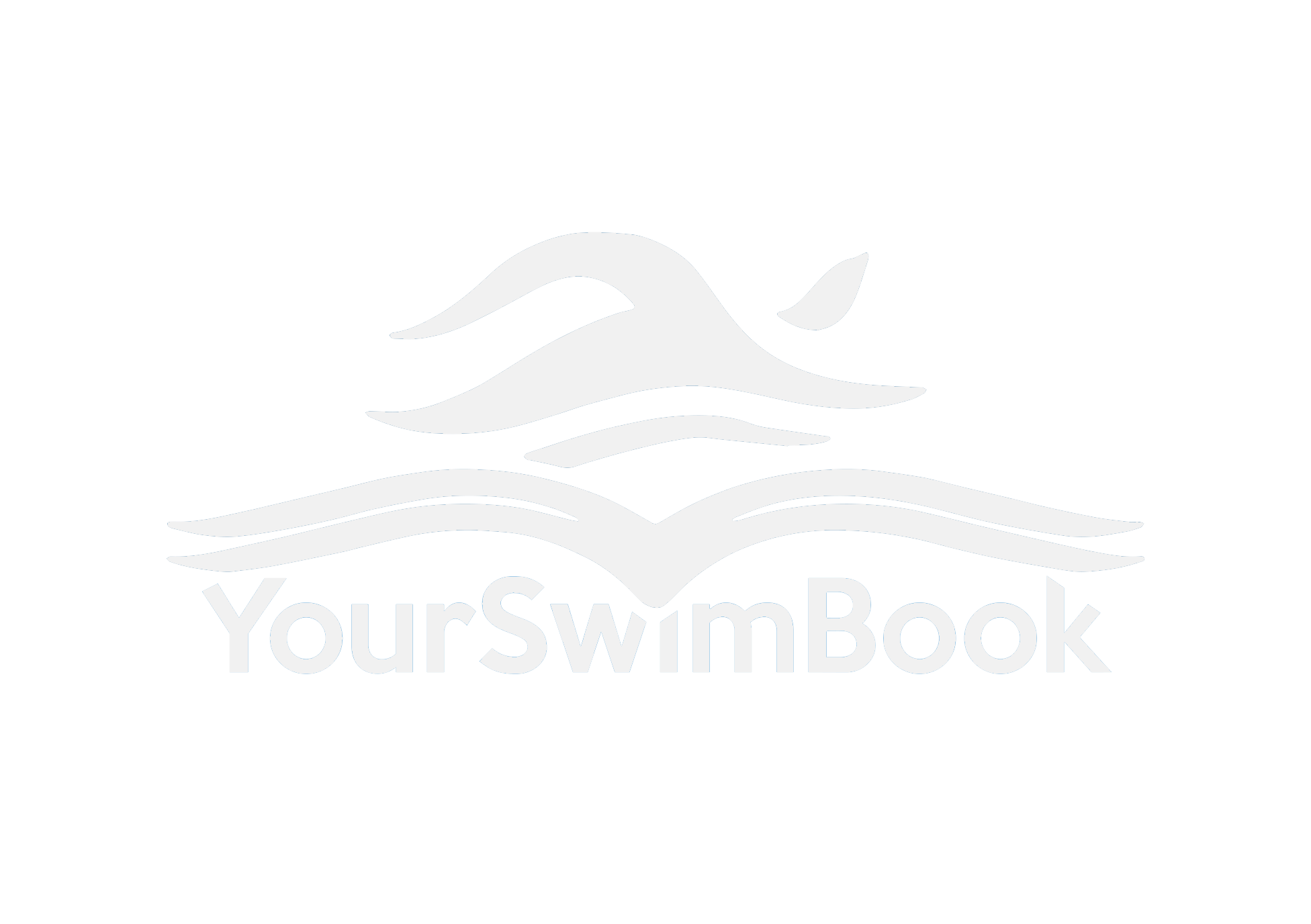With the power and thunderous speed that comes with the sprint events it is not surprising that swimmers will look anywhere they can for an extra edge in the water.
Whether that little slice of speed comes from the weight room, or a coiled up rubber band, or working on making their start just a hair faster, there are a lot of options when it comes to ways to increase velocity in the water.
With so much information out there about what kind of dryland or weight training is best for swimmers, here is some published research on a group of competitive swimmers that should help you gain a clearer understanding of how to put together your own dryland training program for faster speed in the water.
Let’s dive in.
The Research: Dryland for Sprint Swimming Performance
The study, titled, “Effects of dry-land vs. resisted- and assisted-sprint exercises on swimming sprint performances” was published in the Journal of Strength and Conditioning Research.
The study featured a group of 21 swimmers, who ranged in ability from regional to national level. Swimmers were separated into three groups, with their performance evaluated prior to the beginning of the study, after six weeks, and again after the study was complete.
In addition to their normal swimming training, the swimmers were divided as follows for the duration of the 12-week study:
Group 1 (the strength group) engaged in a strength training regimen over the course of the study. The dryland training program included a variety of barbell lifts, including squats, presses, pull-ups, and plyometric jumps with reps being no higher than 6 per set. The load on the barbells was increased incrementally every three weeks.
Group 2 (the resisted and assisted sprint group) used stretch cords or rubber tubing in the water to either generate resistance (swimming away from where the stretch cord is anchored) or to speed-assist the swimmer (swimming at above-swimming speed towards the anchored cord).
Group 3 (the control group) did the usual swim training and supplemental aerobic work on a stationary bike.
Key Takeaways:
- After 6 weeks, no marked difference was found between the three groups.
- After 12 weeks, there were significant increases in the strength of elbow flexors (biceps) and extensors (triceps) in both the strength and cord groups. More importantly, there were also “significant” increases in swimming velocity.
- The cord group experienced an increase in stroke rate, which should be of note to sprint swimmers who have difficulty getting a high enough stroke rate during their splash-and-dash events. This is most likely thanks in part to the assisted sprint work, where swimmers maintained stroke length while also increasing stroke rate.
- Conversely, when facing additional resistance, the swimmers suffered a decrease in both stroke rate and stroke length. That being said, resistance training with cords has been shown to increase performance across all three sprint freestyle events (50, 100 and 200) by an average of about 2.3% over a 10-week cycle of usage, (Toussaint & Vervoorn, 1990) so using the cords in both directions is advantageous for sprint training.
- There were no significant differences in training outcomes between men and women. All three groups had a similar proportion of each.
Here is a breakdown of how much the groups improved:
- Strength training group: 2.8% ±2.5
- Resist/Assist Cords group: 2.3%±1.3
- The control group: 0.9%±1.2
The Takeaway
Perhaps what is most notable in the case of this study (in the author’s opinion at least) is how long it took for improvements to manifest themselves in the case of the strength training and the cord groups.
Which just goes to show that dryland is a longer term solution for swimming faster, not something you can just apply for a couple weeks and hope to have some sort of miracle effect.
More Dryland Resources for Swimmers:
How to Improve Ankle Flexibility for Swimmers. Fast kickers have flexible ankles. Here are some tips for improving ankle flexion so that you can kick your way to faster swimming.


